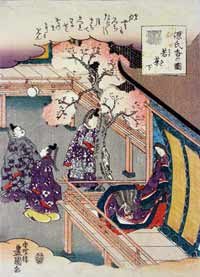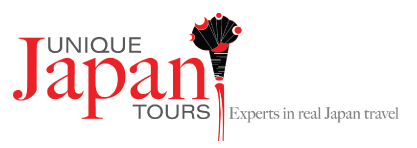 Yayoi Era (about 300 B.C. to about 300 A.D)
Yayoi Era (about 300 B.C. to about 300 A.D)
Kofun or Yamato Era (300 – 710 A.D)
Struggle for control of the Yamato plains. Warrior’s tombs, known as Kofun, were often surrounded by small clay sculptures of warriors, suggesting this was an important period.
Imperial Power (645)
From the mid 600s one family group began to dominate, declaring itself the imperial household. The first emperor, Kotoku, was crowned in 645A.D. A central government formed the next year which employed most citizens as farmers. Following the Chinese model, the building of cities and social reform begin.
Heian Era (794 – 1192)
Imperial Family moved to what we call Kyoto today (Heian-Kyo). Fujiwara family gained power by intermarrying with the imperial family. Gaining ownership of public lands became a trend and by the late 1200’s more than half of Japan’s rice growing land had been converted into private estates. With this, government power declined as less tax revenue was brought in to support its activities. The warriors known as Samurai, who protected the land and whose duties were to keep order in the countryside, were introduced. In 1180 after two large military families, the Minamoto and Taira clans clashed in a series of battles for power. Following victory by the Minamoto clan, a new government headquarters was established in Kamakura, a town far from Heian-Kyo located near today’s Tokyo. The new title for the head of power was called Shogun and his military followers became known as shogunate. The shogunate began to influence power in Japan – both the imperial government as well as the private estates.
Kamakura Muromachi Eras (1192 – 1333; 1338 – 1573)
By 1200, Japan’s political power became very unstable. After years of battling and conflict between various families for land ownership, by 1460, Japan had no effective central political authority. This meant Japan became an armed camp with peasants owning swords to protect their communities, temples training their own armies of warrior monks to protect their assets, and Samurai without a leader travelling around in search of getting paid to protect peoples land.
Following this, the most powerful samurai became regional lords known as Daimyo, who ended up fighting each other to gain military superiority in the 1500s, which lead to a civil war in Japan.
Sengoku Period (1573 – 1603)
Weapons were slowly introduced after trade negotiations began with Portugese merchant ships. One daimyo who made use of these weapons was Oda Nobunaga, a man keen for power. In 1560 he led his troops to Kyoto where he brought some sort of order. However, in 1582 he was killed just as he was seizing control.
His successor, Toyotomi Hideyoshi, defeated Nobunaga’s remaining rivals and set about creating reforms to consolidate his control over the Japan. Peasants were stripped of weapons, castles built during the civil war were destroyed and samurai were forced to move to castle towns. A land survey and census were put in place to further control the population. Hideyoshi also expelled the Christian missionaries, banning the religion entirely.

